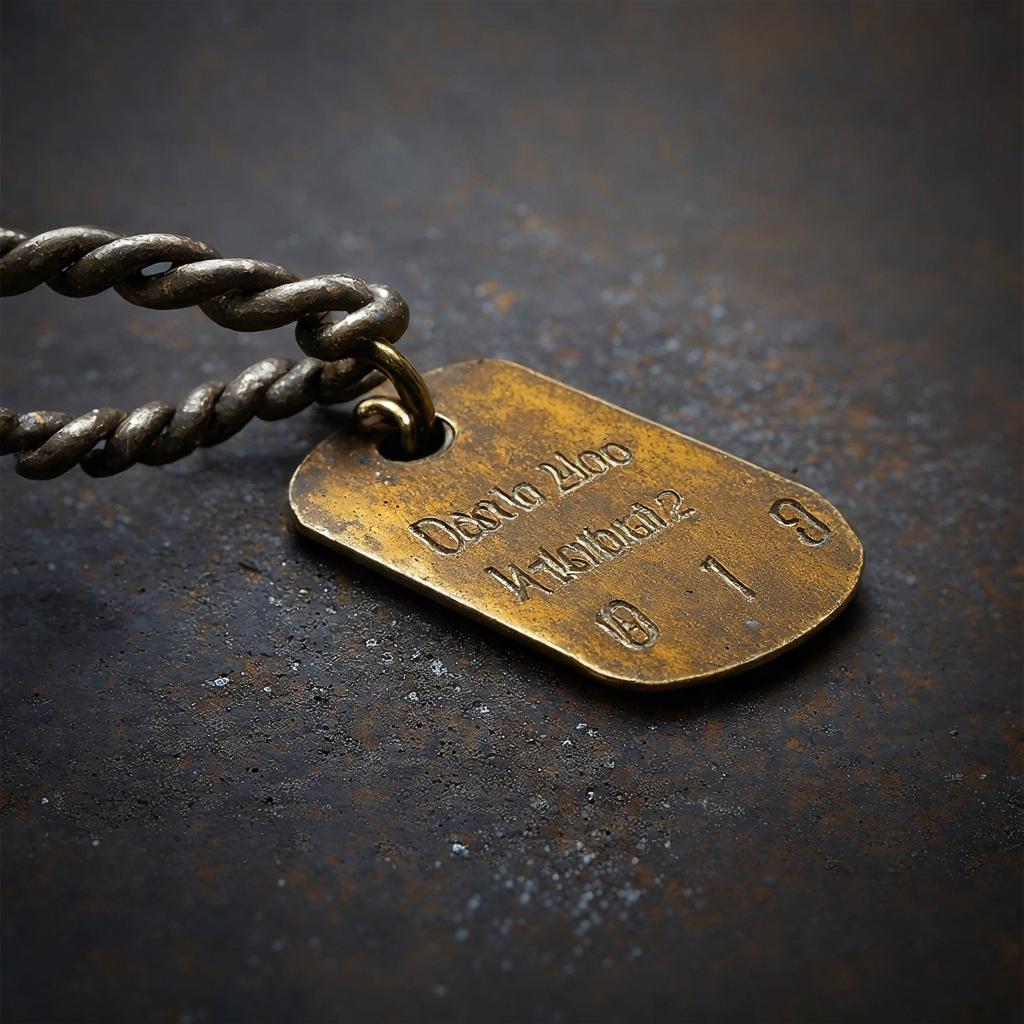As a proud dog owner, one of the most crucial decisions you’ll make is what facts to put on your furry friend’s dog tag. From emergency contact numbers to medical conditions, the details on their tag could be a lifesaver in a time of need. Join me as we explore the essential information to include on your dog’s tag to keep them safe and sound.
What Essential Information Should You Include on Your Dog Tag?
when it comes to your dog’s safety, having a personalized dog tag with essential information is key. Make sure to include your dog’s name, your contact information, and any important medical or dietary needs your furry friend may have. This way, if your dog ever goes missing, whoever finds them will know exactly how to get them back home safe and sound.
Additionally, consider adding your dog’s microchip number to the tag for an added layer of security. Microchips are a great way to permanently identify your pet, and having the number readily available on their tag can help ensure a speedy reunion in case they ever get lost. Remember, the more information you include on your dog’s tag, the better chance you have of being reunited quickly in the event of an emergency.
Tips for Ensuring Maximum Visibility and Legibility of Your Dog Tag Information
When determining what information to include on your dog tag, it’s important to prioritize the most crucial details for ensuring maximum visibility and legibility.Here are some tips to help you choose the right information to put on your dog tag:
- Pet’s Name: Make sure to include your furry friend’s name in a large, easy-to-read font.
- Owner’s Contact Information: Include your phone number and/or address on the tag so that you can be easily reached if your pet goes missing.
- Medical Information: If your pet has any medical conditions, consider adding that information to the tag for emergency purposes.
- Microchip Number: Include your pet’s microchip number on the tag in case your pet gets lost and is scanned by a shelter or veterinarian.
- Reward Offer: offering a reward for your pet’s safe return can incentivize people to help reunite you with your beloved pet.
Why Including Contact Information is Crucial for Your Dog Tag
Including contact information on your dog’s tag is crucial for their safety and well-being. In case your furry friend ever gets lost, having your contact details easily accessible can help reunite you with them quickly. Make sure to include your name, phone number, and address on the tag to ensure that anyone who finds your pup knows how to reach you.
Additionally, consider adding information about your dog’s medical conditions or any special needs they may have. This can be vital in case of an emergency where your dog requires special care. Including this extra information on the tag can help ensure that your beloved pet receives the proper treatment, even if you’re not promptly available. By taking the time to include detailed contact information on your dog’s tag, you’re taking an important step in keeping them safe and secure at all times.
Additional Details to Consider Adding to Your Dog Tag for Maximum Safety
When it comes to creating a dog tag for your furry friend, it’s important to include as much relevant information as possible to ensure their safety. In addition to the standard details like your pet’s name and your contact information, there are a few additional pieces of information you may want to consider adding to their tag for maximum safety.
One important detail to include on your dog’s tag is any medical information that could be crucial in the case of an emergency. This could include allergies, medical conditions, or even the name and contact information for your veterinarian. Another helpful addition could be your pet’s microchip number, so that if they are ever lost and found by a shelter or vet, they can quickly be scanned and reunited with you. By including these extra details on your dog’s tag, you can help ensure that they are quickly and safely returned to you if they ever wander off.
Q&A
Q: What information should be included on a dog tag?
A: When it comes to keeping your furry friend safe, it’s essential to have the right information on their dog tag. Key details to include are your dog’s name,your phone number,and any relevant medical information. This ensures that if your beloved pup ever gets lost, they can quickly be returned to you.
Q: Why is it important to have a dog tag with accurate information?
A: Accurate information on a dog tag is crucial for a swift reunion if your pet goes missing. Your phone number serves as the primary contact point for whoever finds your dog, making it essential to have this information up-to-date and easily visible on the tag.
Q: Are there any additional details that should be included on a dog tag?
A: Along with your phone number, it’s a good idea to include any pertinent medical information, such as allergies or special health conditions. This can help the finder provide appropriate care for your pet while they wait to be reunited with you.
Q: How can I ensure that my dog’s tag is easily readable?
A: To ensure that your dog’s tag is easily readable, choose a font that is clear and legible. Additionally, make sure that the text is large enough to be easily read from a distance. regularly check the tag for any wear and tear that may make the information difficult to read.
Q: Should I include my dog’s name on the tag?
A: Including your dog’s name on their tag can be helpful in a situation where they might potentially be scared or anxious.It can provide comfort to them and help the finder approach them more easily. However, some pet owners prefer not to include their dog’s name for privacy reasons. Ultimately, the decision is up to you.
Wrapping Up
As a dog owner, it is indeed critically important to always prioritize the safety and well-being of your beloved pet. One simple yet effective way to ensure their safety is by having a proper identification tag with essential information. By including the necessary details such as your contact information and the dog’s name, you can help bring your furry friend back home in case they ever get lost. Remember, it’s better to be safe than sorry when it comes to protecting your pet. So take the time to carefully consider what information to put on your dog’s tag and rest assured knowing that you are prepared for any unforeseen circumstances. Let’s all do our part in keeping our four-legged friends safe and sound.


